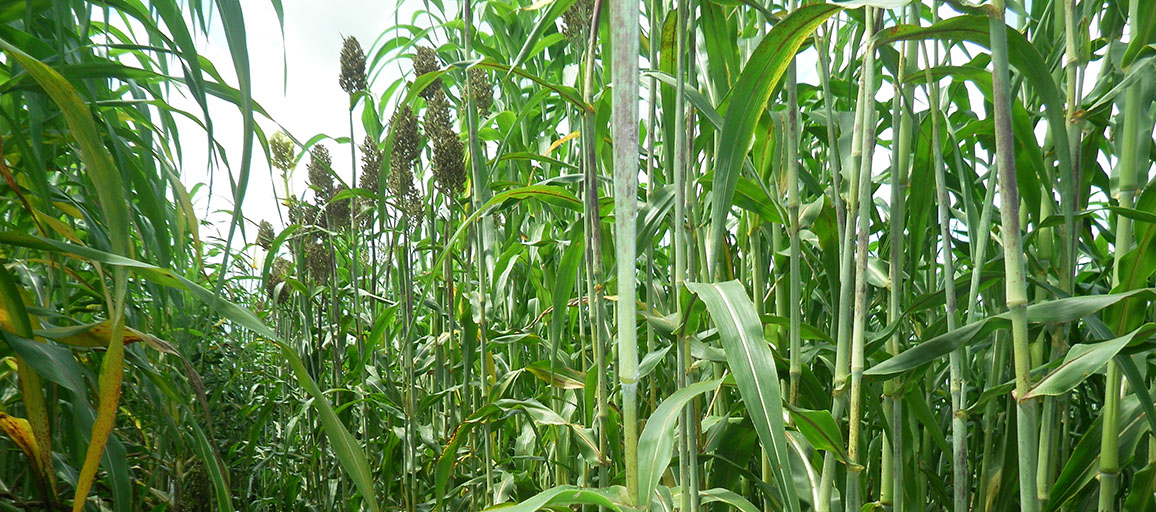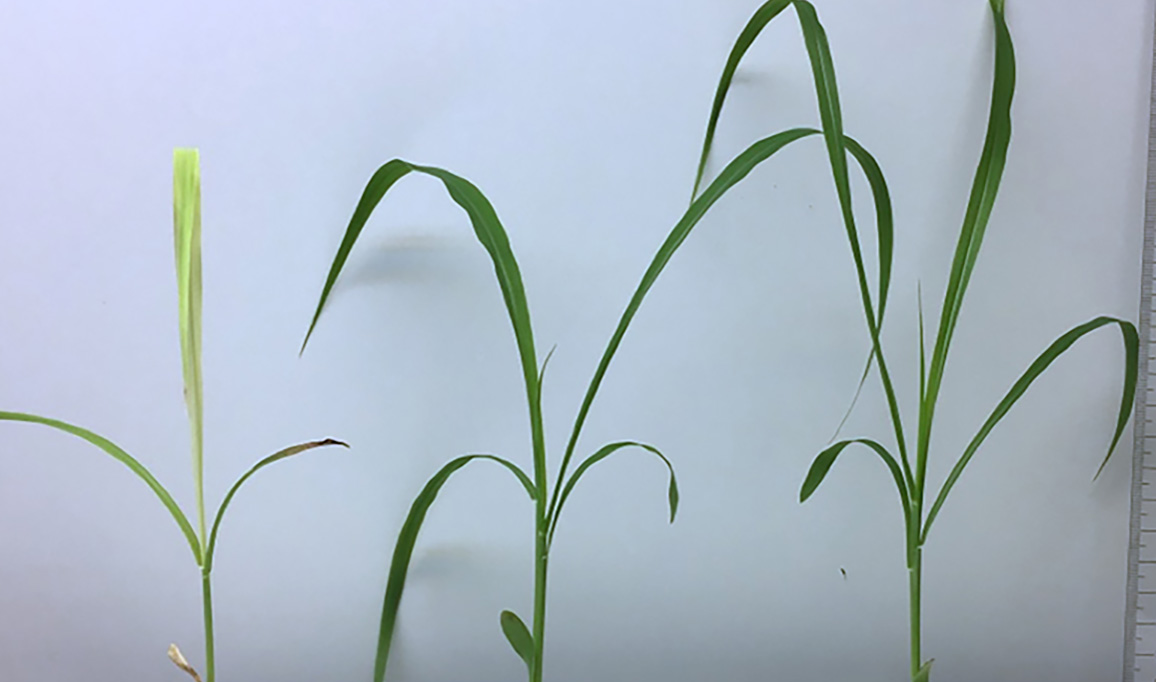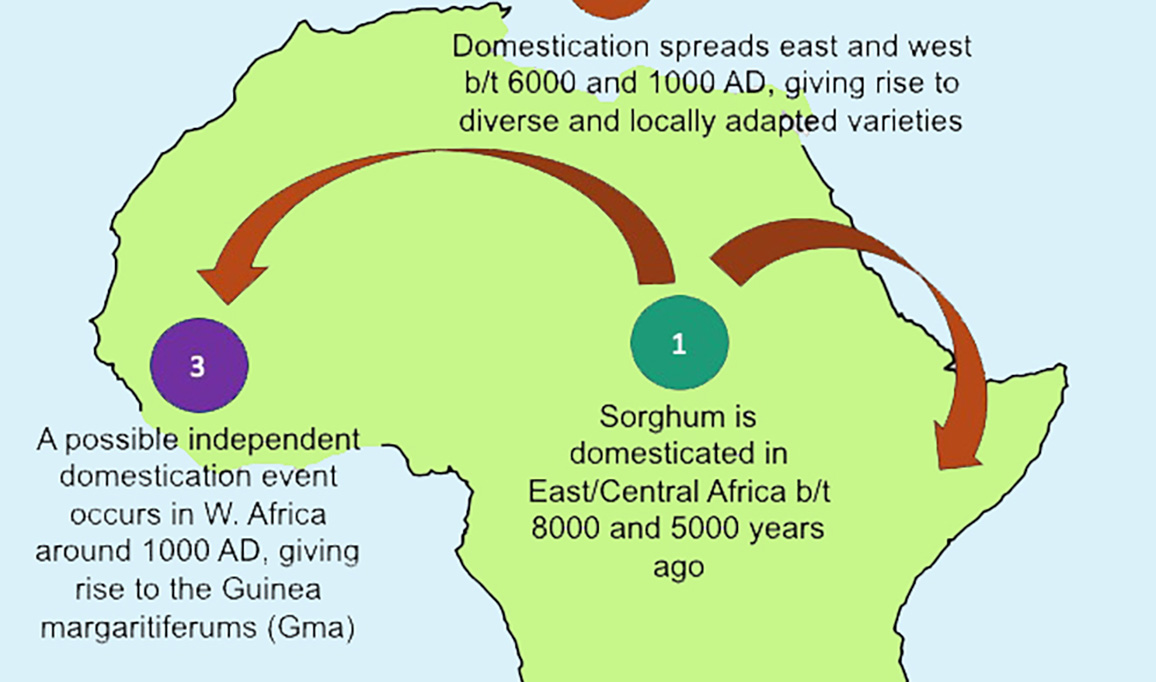

Structural Variation and the Rapid Diversification of Sorghum
Sorghum is the 5th most important cereal crop in the world, and present day varieties have been adapted for very diverse purposes as well as environmental locations, resulting in some strikingly distinct phenotypes. Typically, studies looking at the genetic basis of these traits have relied soley on Single Nucleotide Polymorphism (SNP) data, but the increased availability of long-read sequencing data for many plant species has made it clear that SNPs present an incomplete picture of genome variation. Structural Variations (SVs) can often have a larger impact on fitness and adaptive potential, making them an important evolutionary substrate and potentially novel targets for crop improvement. To better understand the landscape and role of SVs in sorghum, we are looking at:
- The construction and utilization of sorghum pangenomes and their associated pantranscriptomes,
- How structural variations affect gene expression differences,
- Gene families with high levels of presence/absence variation in different sorghum varieties.





